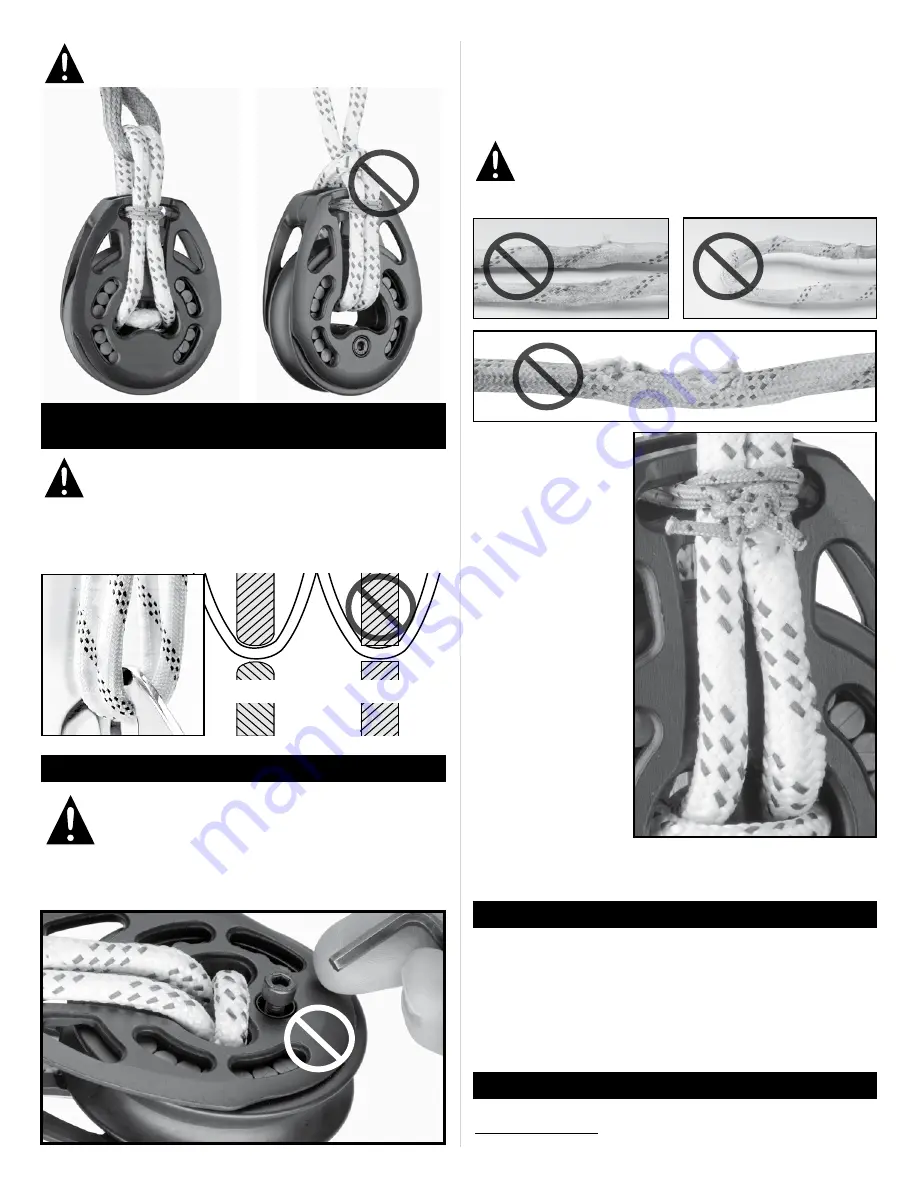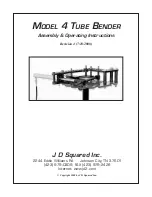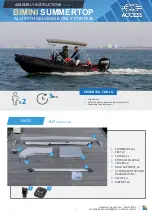
Harken equipment is designed for minimal maintenance, but some maintenance
is required to give the best service and to comply with the Harken limited warranty.
Cleaning:
Flush blocks and loops/high-strength lashing lines thoroughly with fresh
water. Periodically, disassemble the blocks and clean with detergent and fresh water.
When assembling block, make sure screws and holes are dry. Use blue Loctite
adhesive to secure screw before assembling.
IMPORTANT! Exposure to some teak cleaners and other caustic solutions can
result in discoloration of part and is not covered under the Harken warranty.
Printed in USA. 5004 06-14
Warranty
Inspect Parts Every Time you Sail
1. Inspect block to make sure that screw is secure. If screw is loose, remove
it. Apply blue Loctite
®
adhesive and retighten.
3. Inspect loops and lashings. Replace if there are signs of wear, or if the
colored tracer fades from UV damage. Pull loop out of mouth and inspect
loop/lashing carefully for any signs of wear, UV damage, fatigue, or
strand separation. Replace loop if it shows signs of UV damage or wear.
4. Inspect head securing
line to make sure knot
is holding tightly.
For additional safety, maintenance, and warranty information:
www.harken.com/manuals or the Harken catalog.
ALL INSTALLATIONS
Anchor Point Chafing or Cutting
Loops must be attached to round bails such as those found on padeyes
or pins. Sharp edges on many perforated toerails will cut loop, severely
weakening it. When loop is attached to a plate, it must be at least 25 mm
(
1
/
4
") thick and have rounded edges to keep loop from being damaged.
Sharp edges will
damage loop.
Round edges prevent
damage to loop.
WARNING! Failure to inspect block, and loop, and correct any
problems, lashing may result in block breaking under load.
Inspect parts each time you sail. If parts are under load during
long passages it is important to inspect them carefully while in use.
WARNING! Loops or lashings running over a sharp edge can cause
part to break under load. Attach to fitting with a rounded edge.
WARNING! Failure to replace damaged or weakened parts can
cause part to break under load. Replace all loops and lashings
every year or if there is any sign of wear, UV damage, fatigue,
or strand separation. If in doubt, replace. Consult chart to match
strength of loop/lashing to block and load.
Maintenance
WARNING! Using a loop in a “choker-style” weakens the
loop connection. Do not use choker-style connection.
Loctite is a registered trademark of Henkel AG & Company KGaA.
Choker





















